Use these tips to get people ready for what’s ahead.
I recently read Talent EQ’s 2025 STATE OF EQ REPORT: Balancing Efficiency, Engagement, and Adaptability in a Rapidly Evolving World. They shared insights from survey data across five themes:

I immediately jumped to Theme #5 “Navigating Change Amidst Limited Preparedness” to read their insights. Their advice on filling gaps in organizational preparedness was tactical, and maybe even predictable:
- Communicate with transparency.
- Involve impacted employees early in change.
- Equip leaders to manage resistance and uncertainty.
I agree with these points, but what’s missing is the long game. The pace of change and transformational initiatives is only going to accelerate.
So, what can an organization do to build their “change muscle” and be prepared? Here are two ideas:
- Make sure your change consultants leave you in a better place than when you started. (And that means the entire team, not just those impacted by your change initiative.) In other words, require the consultants to transfer change capability to your team as part of every change project. For example:
Tell your change management consulting partner which members of your team are in development roles for change management. Make it clear that you expect your partner to work closely with these individuals to build internal change capability.
Ask your consulting partner to package all the key change management deliverables into a playbook, so you have something to use for future initiatives.
Ask “why.” Make sure you seek to understand each change activity so education and insight is baked into the work.
- Equip everyone in your organization to manage change, not just your leaders. Change is now business as usual, and it will take people at all levels to realize the value of your initiatives. Focus on developing new behaviors that will help everyone lead the organization through change.
Executives and sponsors should clear the way to victory for their teams. These behaviors include:
- Setting clear outcomes and measurements to define winning.
- Championing new ways of working.
- Getting the right team with the capabilities and capacity to execute and sustain the change.
- Ensuring the right decisions get made to deliver value.
People leaders should enable the change. These behaviors include:
- Helping the program team to get the right people with the right insights on the project.
- Cascading and leading change activities so they understand the needs of their people, gain their support, and address any concerns.
- Being the voice of their people, communicating to the initiative team people’s sentiments and readiness for the change.
Team members should develop their change mindsets. Behaviors to develop the right mindset include:
- Engaging in change activities to make their new ways of working more familiar.
- Escalating needs and concerns so they feel they’re part of a solution that works for them.
My change management delivery teams are in the trenches with their digital and technology program implementation teams. Their remit is to put people first in planning for change and transformation. I am grateful to Talent EQ for shining a spotlight and providing insights that start conversations that will drive value.
For more on organizational change readiness, see our posts on the three principles of successful behavior change and turning new behaviors into habits.
Want to explore the topic in more detail? We’d love to chat: Book a meeting




